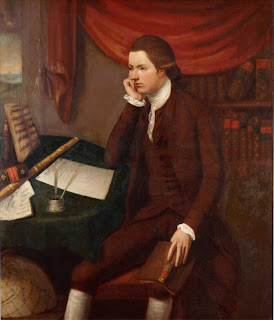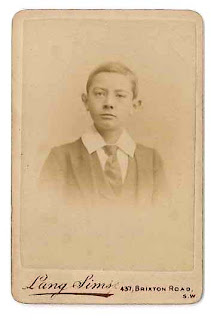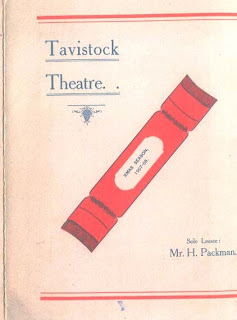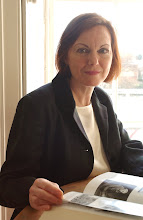James Hancock (top picture) was born on 1 May 1776 in Newcastle-under-Lyme, Staffordshire, England. He married Ann Kennedy (b. 1790, picture above) on 21 February 1808 at the Church of St George the Martyr, Bloomsbury. Ann was a Londoner, born in Bride Lane, in the City. James and Ann were two of the 1820 Settlers to South Africa, part of Hezekiah Sephton's party in the ship Aurora (344 passengers). They departed from London on 15 February 1820, and arrived at Simon's Bay on 1 May 1820. They arrived at their final destination of Algoa Bay, Cape Colony, on 15 May 1820.
James Hancock was a china painter. He founded an art school in Grahamstown. James Hancock was a Wesleyan lay preacher. In 1833, he had a street named after him (Hancock Street) in Port Elizabeth.
He died on 20 August 1837, in Port Elizabeth, Cape Colony. He is buried in the Old Settler Cemetery, South End, Port Elizabeth, South Africa.
Any further information about James Hancock would be of great interest to me.'















